Discovering the Italian Unesco District: Lombardy
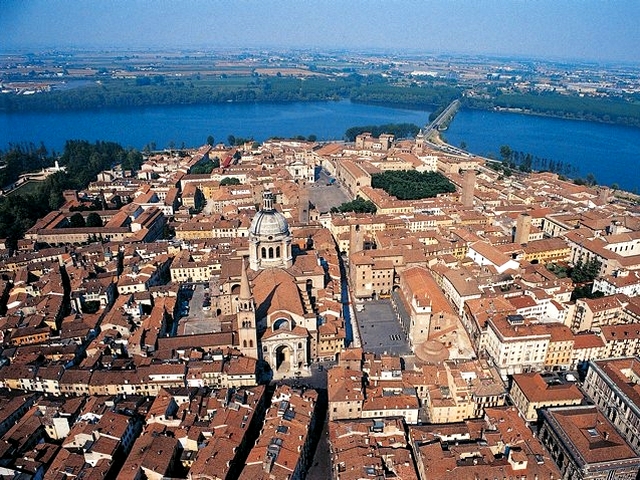
In the north of Italy, where the River Po and its tributaries fan out in the last lazy miles towards the Adriatic Sea, lies a collection of regions united by their distinctive architectural, cultural and gastronomical histories.  Notable cities and areas of Emilia-Romagna, Veneto and Lombardy have each been designated Unesco World Heritage Sites, forming an entire district (the Quadrilatero dell’Unesco) of remarkable buildings, art, food and scenery to explore.
Notable cities and areas of Emilia-Romagna, Veneto and Lombardy have each been designated Unesco World Heritage Sites, forming an entire district (the Quadrilatero dell’Unesco) of remarkable buildings, art, food and scenery to explore.
Bordering both Emilia-Romagna and Veneto, the region of Lombardy is home to two cities with more cultural history than you could shake a sceptre at. Lake-locked Mantua and tiny Sabbioneta are both Unesco World Heritage Sites in recognition of their exquisitely preserved architecture and cultural background.
Sometimes called “piccola Toscana” for its rolling hills reminiscent of Tuscany, Mantua is a city almost completely surrounded by water. Once known as “the town between the swamps”, times and landscape have changed, and the famously marshy, “la puzza di Mantova” (smell of Mantua) has been replaced with the scent of sizzling Salamella (Mantuan sausage) drifting on the evening air.
Architecturally speaking, Mantua is a fantastic hodge-podge of styles. The Basilica di Sant’Andrea is not remotely unusual for having a Roman monastery, gothic bell-tower, baroque cupola and neoclassical interior. The visual variety makes each street a small revelation, and it’s almost impossible to watch where you’re going.
The May 2012 earthquakes have been a recurrent theme in Ferrara and Mantua, but for all the damage caused, it’s remarkable how swiftly it has been repaired. The top of the Basilica di Sant’Andrea’s belltower fell off (“It was kind of a shock” our guide said, deadpan), but apart from a few scaffoldings and one closed attraction (the famous Bridal Chamber of Mantua’s Ducal Palace) any further damage is scarcely noticeable.
We finished a hard day’s wandering with an aperitivo followed by dinner at the canopied tables of Grifone Bianco. A harpist strummed on a nearby corner and a small boy flitted from person to person plying an armful of long-stemmed roses. We sipped Lambrusco in the candlelight and enjoyed a four-course spread of traditional Mantuan food. As you would expect in a city famous for having more pigs than people, it’s heavily pork-based: a starter of prosciutto, coppa and salame with pepper and onion preserve was followed by a sausage-studded Risotto alla Pilota accompanied by intensely sweet pillows of Tortelli di zucca filled with pumpkin and crushed amaretto biscuits. It was a perfect illustration of the salt-sweet flavour combination central to local cuisine. This was followed by a warm balsamic capon salad, a dessert of crumbled Torta sbrisolona (almond cake) with custard and a platter of traditional biscuits that we couldn’t manage.
Not so far from Mantua – about an hour’s drive through verdant farming country, lies Sabbioneta, a renaissance-built and designed “Ideal City”. It is the brainchild of Vespasiano Gonzaga Colonna, of the far-reaching Gonzaga family, who had it designed and built in just 30 years. It is an almost perfectly preserved collection of renaissance buildings, attracting architecture and art students alike with its Ducal Palace, Gallery of Antiques, and Teatro all’Antica, among others. You’ll also meet many incarnations of Vespasiano Gonzaga himself, from his mausoleum in the Chiesa dell’Incoronata to the life-sized statues of him and his predecessors riding wooden horses in the Ducal Palace. Compared to bustling Mantua, Sabbioneta feels eerily empty, hung about with what our guide kindly described as a “metaphysical silence”.
Whether this stillness appeals will depend a lot on your disposition. Film-maker Bernardo Bertolucci was so inspired by the town that he shot The Spider’s Stratagem there, but it does feel rather like the ghosts of the Gonzagas are following you wherever you go, preserved by a city’s unwillingness to forget.
Marion Rankine
Photos: Marion Rankine
Make sure you have not missed our previous stops in Emilia-Romagna and Veneto.
We dined at Grifone Bianco, Piazza Erbe 6, 46100 Mantua, (+39) 0376 365423. Visit their website here
We stayed at the Hotel La Favorita, Via S. Cognetti De Martiis 1, 46100 Mantua, (+39) 0376 254711. Visit their website here
For further information on the Unesco District visit here, for Mantua visit here


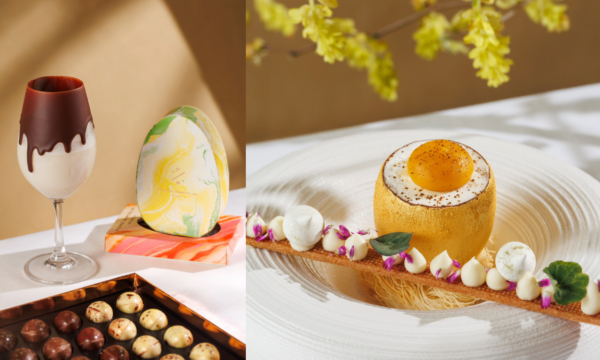
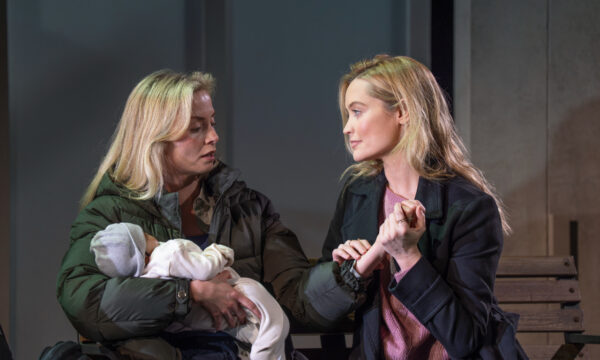

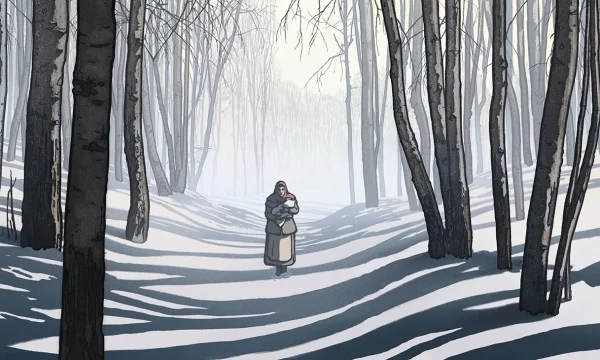
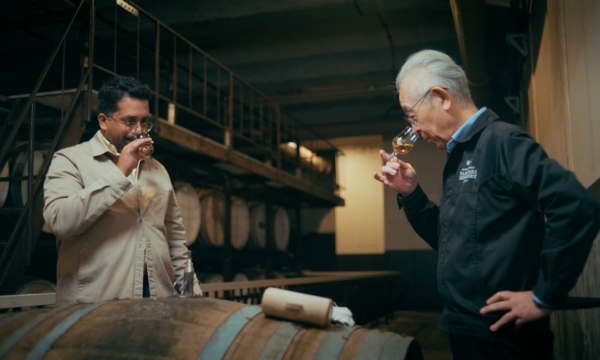
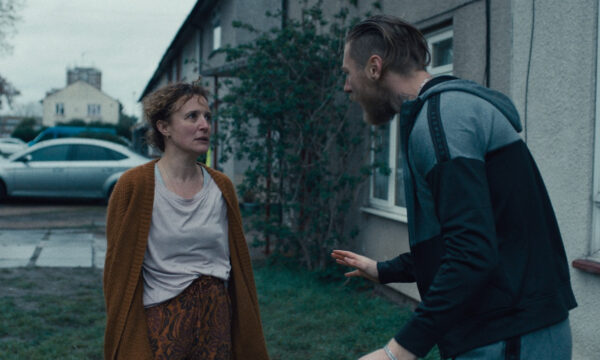
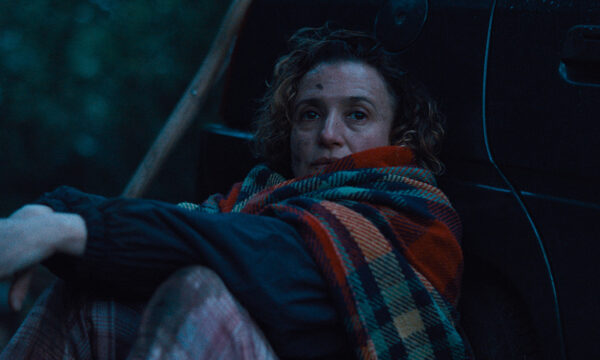








Facebook
Twitter
Instagram
YouTube
RSS